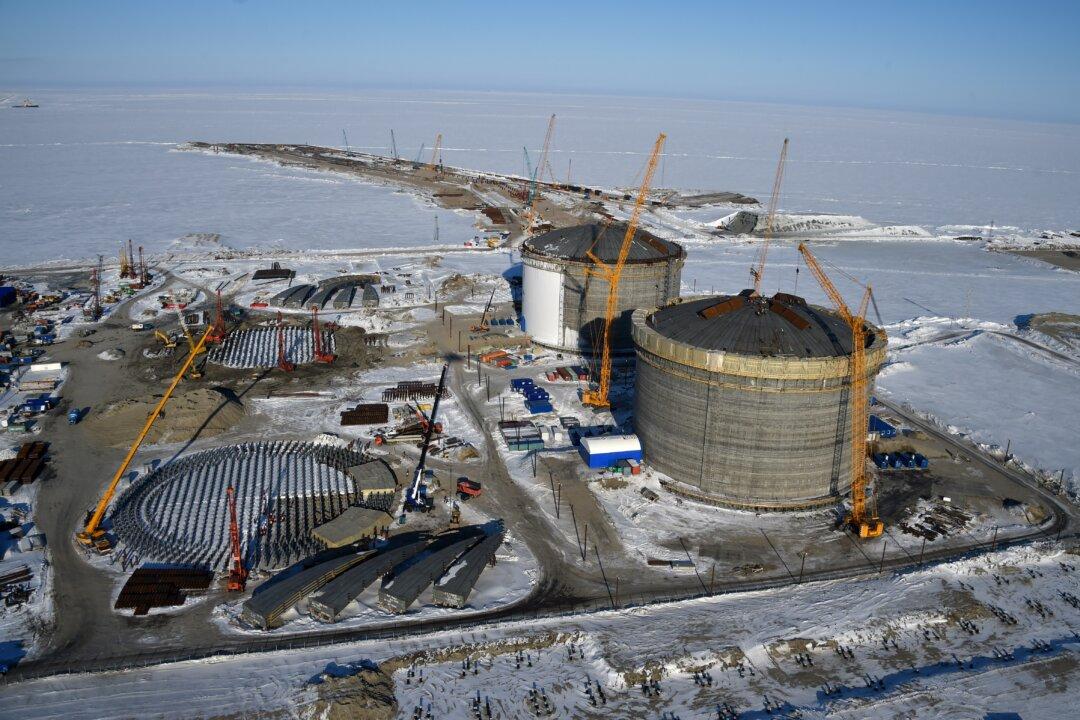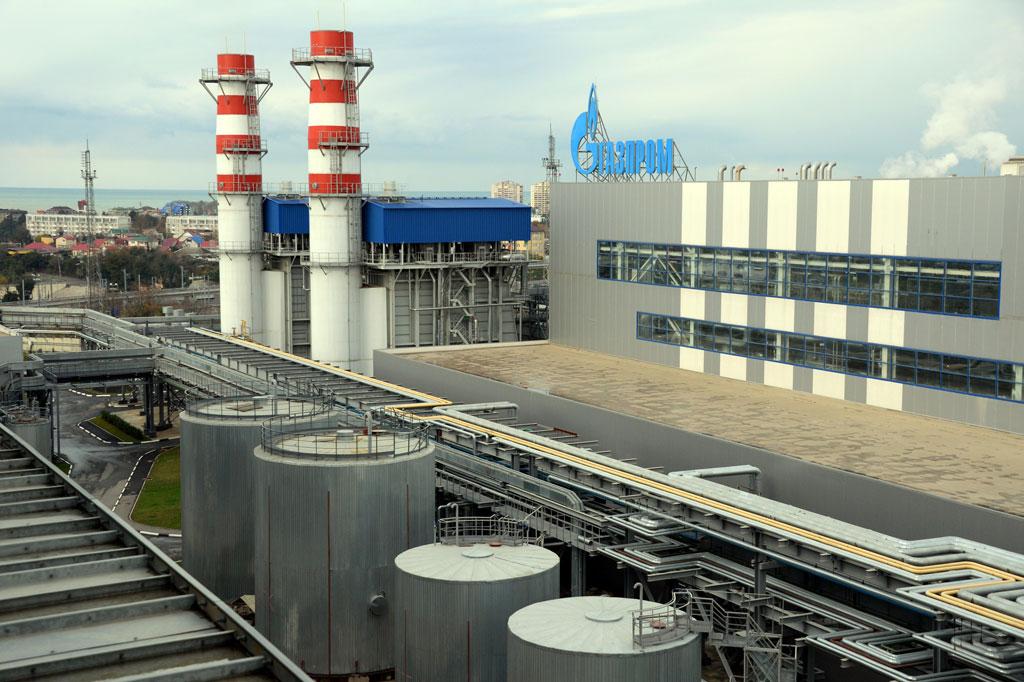The U.S. Geological Survey has estimated that the Arctic regions contain around 130 billion barrels of liquids and 47 trillion cubic meters (1,660 trillion cubic feet) of gas, equivalent to 22 percent of the world’s undiscovered hydrocarbon resources. It is hardly surprising then that all the countries whose coasts encircle the region, the United States, Canada, Greenland, Norway, and Russia, have made claims on territory outside of the clear boundary for each, which stretches 200 nautical miles from their shoreline.
Russia has been the most active. President Vladimir Putin’s latest call was for Russia to be granted an extra 1.2 million square kilometers (over 463,000 square miles) of territory based on its historic claims that the Lomonosov Ridge, which runs across most of the region, is connected to the Russian mainland and is therefore part of its territory.
An initial claim was made in 2001, and was reiterated when a Russian submarine planted its country’s flag at the North Pole in 2007, but it is over the past three years that Russia has become particularly active in the region, focusing on offshore exploration for oil and the development of a new LNG plant for gas export. Its ultimate goal, however, is as much about establishing a new power base in the North as it is about gaining an advantage in the rush for resources.
Sanctions Impact
Hydrocarbon licenses in the Arctic offshore regions have been reserved for Russia’s state companies, Gazprom and Rosneft. Rosneft has become the leader of Russian attempts to exploit its vast acreage there, but its lack of experience in offshore development has meant it has needed to rely on foreign company assistance, forming joint ventures with the U.S. firm ExxonMobil, Norway’s Statoil, and Italian group ENI to explore licenses in the Barents and South Kara Seas.

